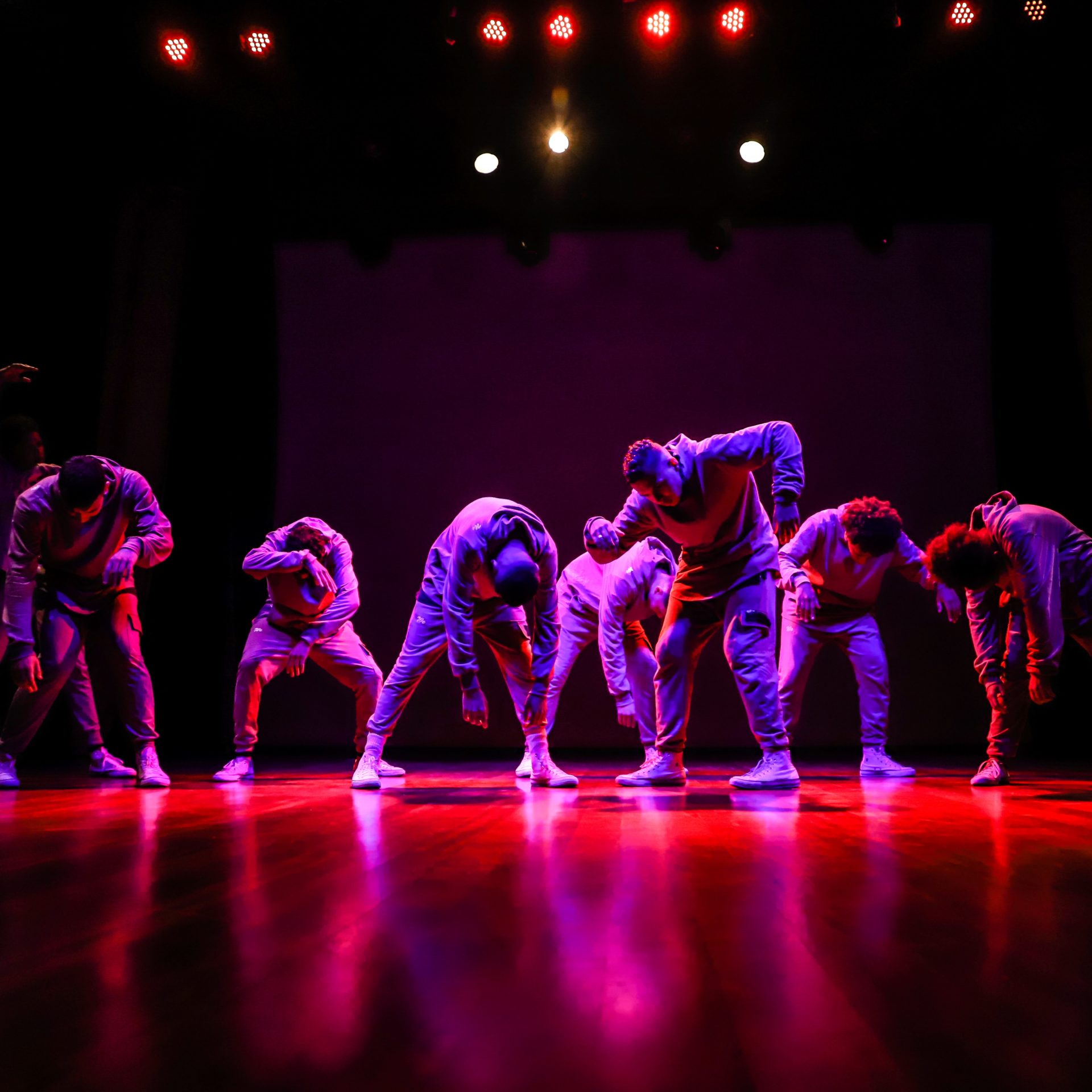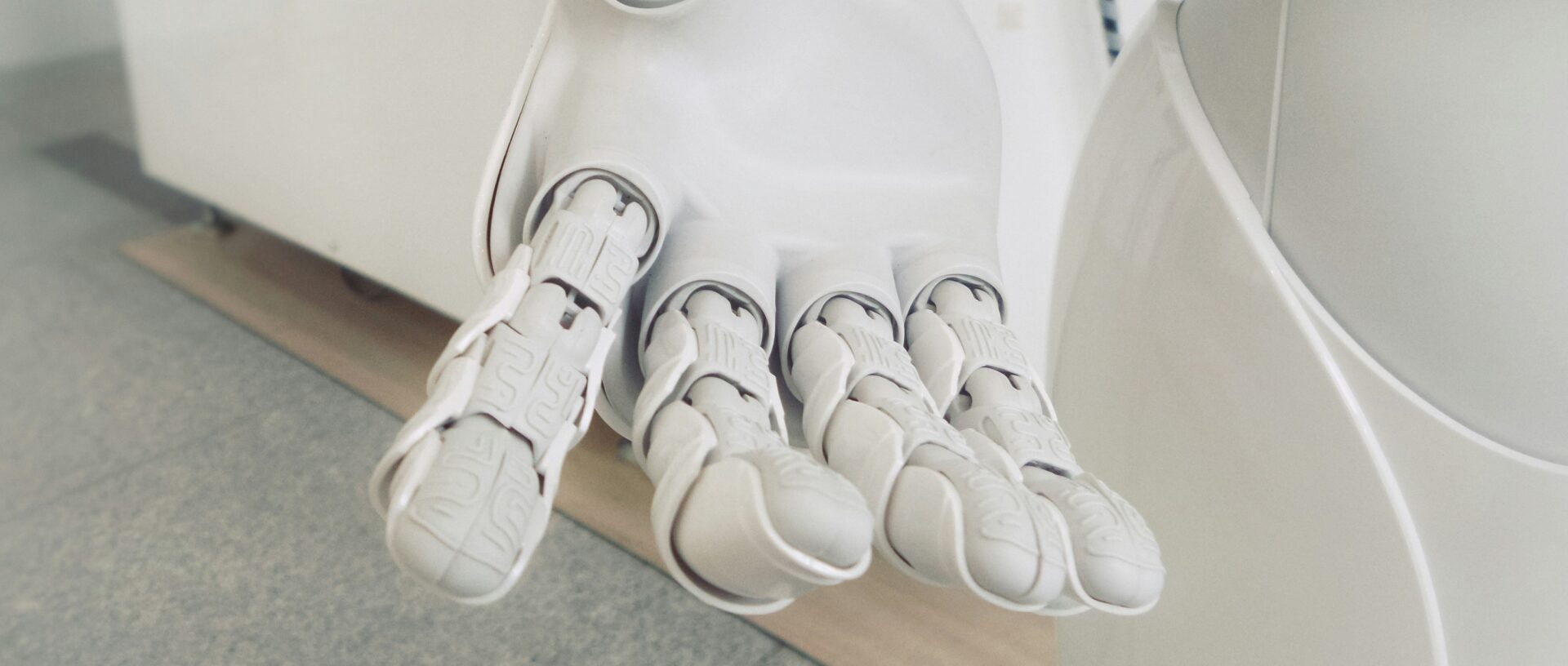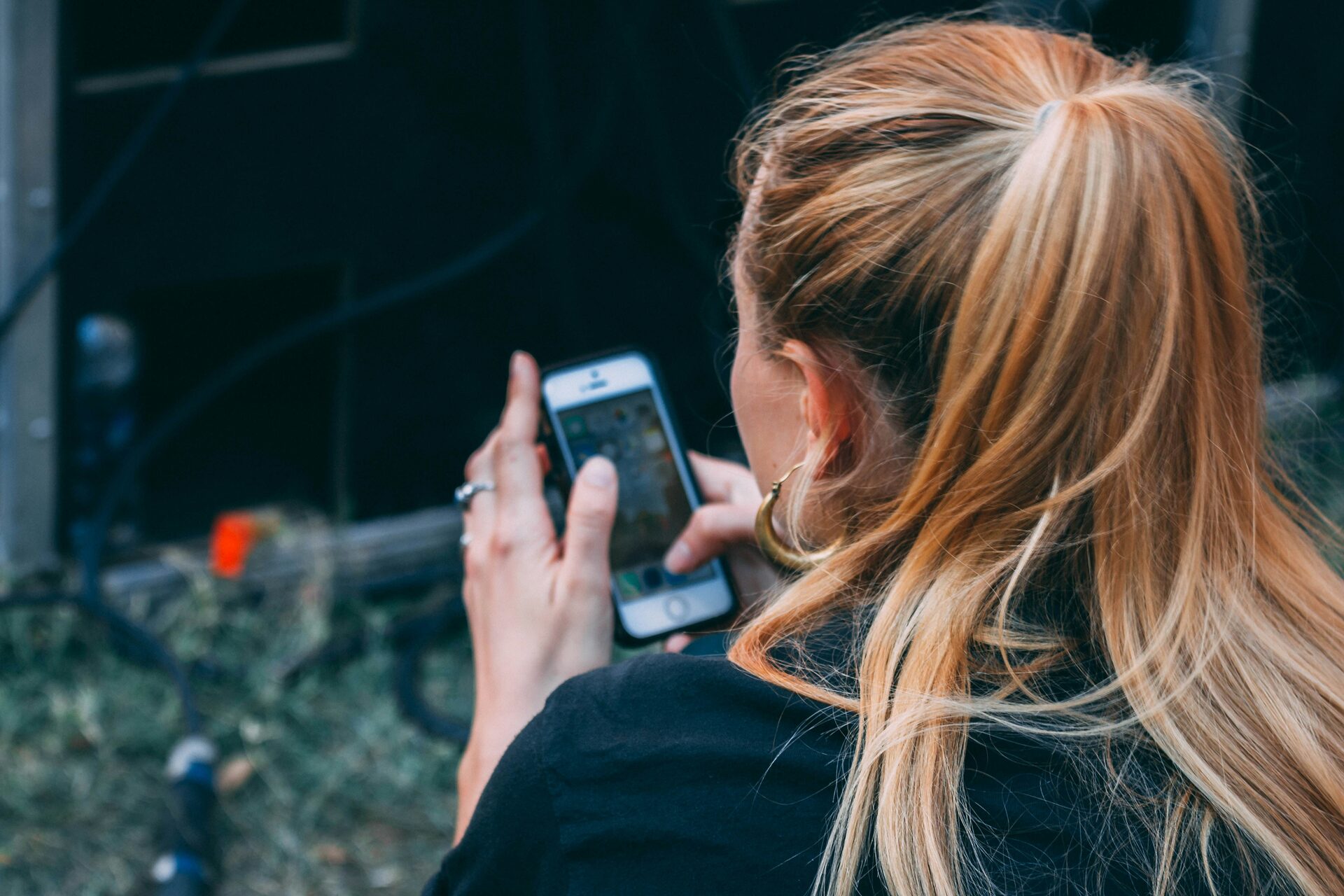
And how can they prepare to re-open?
Fifteen weeks. The seemingly never-ending period during which most cultural and heritage venues have been forced to temporarily shut their doors.
The good news is that leisure activities remain top of our wish list
Some organisations – museums and galleries – have been advised that they can cautiously reopen from 4th July, but we still don’t know when things such as live performances will be allowed to return.
On top of the lost revenue from ticketing and merchandising, lockdown has and will continue to put a strain on revenue from long term memberships and annual passes, as users are expected to reconsider their value going forward. In fact, about a third of those owning a membership or annual pass from a cultural or heritage organisation claim to have already cancelled or not renewed their membership. Our data shows that many more say that they are considering doing so in the future.
The good news is that almost half of the UK population say they have engaged with cultural organisations virtually since lockdown. Streaming of live performances and updates on social media in particular ensured that engagement levels remained steady (13% each).
A quick response from organisations such as the British Museum and National History Museum (who have offered virtual tours) and live art venues including The Royal Albert Hall, the Barbican and the National Theatre (who have offered streamed content) has meant that it’s never been so easy to watch performing art. Many organisations – big and small – have embraced digital channels to keep in touch with their existing audiences but also find ways of reaching new ones.
In a similar vein, museums and heritage organisations have been creative, producing brand new free content (or making existing content more accessible) aimed at educating, inspiring and entertaining. This has been a particularly useful resource for parents – with one in five saying that they have used this type of content as an educational resource since the start of lockdown. Visits to the National Gallery’s virtual tour pages, for example, showed a dramatic 1144% increase in traffic compared to last year (according to data from ALVA in late March).
Of course, engagement is a great marketing metric, but it doesn’t help cash flow when venues are closed to the public.
Many organisations in the sector are not-for-profit and often rely on mixed revenue from ticketing and merchandising as well as subsidies. With a sharp decrease in ticket sales and memberships revenue hanging in the balance, how have these organisations kept afloat?
Many have appealed to the public to help support them with fundraising, from adding a more prominent ‘donate’ button in the hope that people will be drawn to click, to adding heartfelt messages from trustees on their website to investing in more targeted marketing campaigns.
While there’s some way to go to bring these organisations back to their stability pre-lockdown, some of these tactics appear to have contributed towards keeping them afloat, with 11% of the public saying that they have donated to a cultural organisation since lockdown (data from late April).
So, what happens in July?
The good news is that leisure activities remain top of our wish list, with both days out and out of home entertainment in the top 5 priority post-lockdown purchases – 44% and 31% of the UK population respectively.
Unsurprisingly, days out are one of the first thing families with children will want to spend on (45%), even before booking holidays (41%). While still high, this number is down from 56% in early April which may be a sign that desire is mixed with caution as we begin to understand what rules and measures will be implemented once venues re-open.
Simply put, visitors need to feel reassured that it is safe to visit. When asked when they would be ready to visit venues, only 20% of regular ‘Day Outers’ thought they would return as soon as they could. The majority (66%) would want reassurance it is safe before to do so. Many expect safety measures to be put in place before they can return: 91% expect reduced capacity, social distancing measures in place (83%), security guards making sure safety measures are adhered to (78%) and free hand sanitizer for visitors (78%).
Organisations have been working very hard in the background to make sure their sites are safe for their staff, volunteers and visitors. Those that have been able to re-open (some National Trust and English Heritage sites) have introduced strong social-distancing and hygiene rules and are limiting the number of visitors, giving us an indication of what the reality will look like when museums and galleries open.
Ahead of reopening, customer communication about what the visitor experience will be like and reassurance about safety measures will be critical.
Apart from the specific measures visitors will expect, two-thirds of ‘Day Outers’ would welcome a COVID-safe labelling system – a quick and easy way to assess safety without having to look through the list of measures taken.
Advertising and marcomms activity should be mindful of the current situation whilst being positive, focussing on showing open space and smaller groups of people adhering to social distancing rules and avoid highlighting crowded scenes, which are seen as inappropriate by 58%.
This of course applies to venues that are allowed to and can open safely. But with live performances not expected to be allowed until at least the autumn, arts leaders have warned that 70% of theatres might not survive lockdown without further help from the government.
For them, keeping audiences engaged remains vital, but generating cash flow to stay afloat even more so. It’s likely we’ll see many coming up with innovative revenue generating initiatives, as the National English Opera have done by suggesting a drive-in opera in September.
Now, more than ever, not-for-profit cultural and heritage organisations need to capitalise on the generosity and charitability of the general public and shout loudly about the positive impact of art and culture on wellbeing, to keep engagement levels high as we tread the path to reopening.
This survey was conducted by Savanta among a nationally representative sample of n=2000 UK residents between 24-27 April 2020, 8-11 May and 4-7 June. Data is also supplied from Savanta’s daily COVID-19 tracker.
To find out more, get in touch with our team of leisure experts and find out how Savanta can help you understand your audiences and how to keep them engaged during the pandemic, as you get ready to open and going forward.





